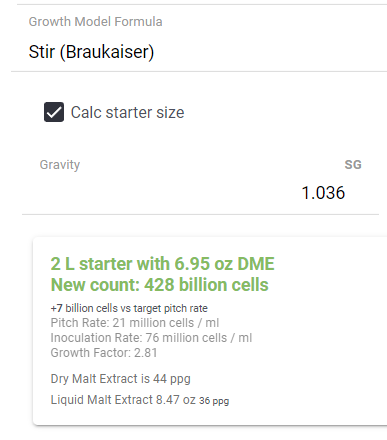If you are getting consistent FG of 1.020, it may be your mashing procedure. Here are some suggestions:
-Check your thermometer, maybe get a new one.
-Stir the mash every 15 minutes and check the temperature. If you are losing temperature, maybe you need to insulate your BIAB vessel better during the mash?
-I used to be real fussy with my mash temps and stir often and check temps, but these days I use my smooth top electric range, which holds heat for a while, wrap up the kettle in an old coat and don't mess with it.
-Try extending your mash time, I've done overnight mashes when I'm trying to get a real dry beer.
























![Craft A Brew - Safale BE-256 Yeast - Fermentis - Belgian Ale Dry Yeast - For Belgian & Strong Ales - Ingredients for Home Brewing - Beer Making Supplies - [3 Pack]](https://m.media-amazon.com/images/I/51bcKEwQmWL._SL500_.jpg)







































